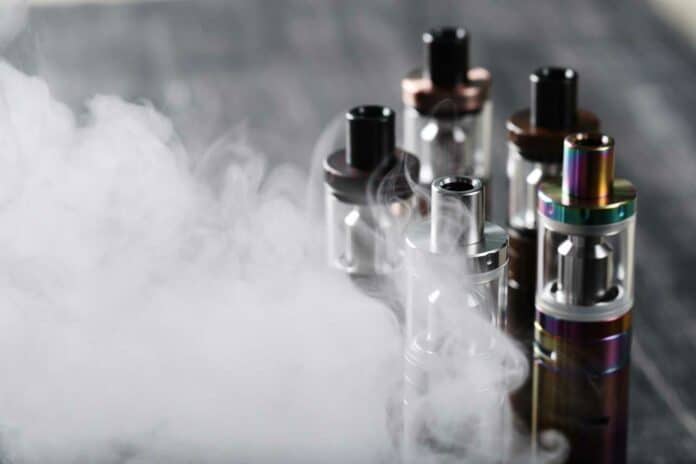Disposable e-cigarettes, which use lithium-ion cells, have become very popular. As the world shifts to electric technology, materials like lithium in rechargeable batteries are in high demand. However, the cells in disposable e-cigarettes are meant for single use. If not disposed of properly, they can pose a severe fire risk.
Scientists from University College London (UCL) and the University of Oxford investigated the suitability for reuse and safety of cells found in disposable e-cigarettes. The Faraday Institution supported their study.
What they found was surprising: The lithium-ion batteries in disposable e-cigarettes, designed for single use, can still function at high capacity for hundreds of cycles. The study highlights a growing environmental threat from these increasingly popular vape pens, which are not designed to be recharged.
When employing a low charge and discharge rate, these lithium-ion batteries in disposable e-cigarettes can maintain over 90% capacity for more than 700 cycles. These batteries are often discarded despite their capability, contributing to environmental waste.
Paul Shearing, Professor of Sustainable Energy Engineering at the Department of Engineering Science at the University of Oxford and UCL, said, “Early on, we got the notion that the batteries going into these e-cigs were likely to be rechargeable. Previous studies had not assessed how long the lithium-ion batteries in these products can last.”
In this study, scientists extracted batteries from disposable e-cigarettes in a controlled environment. They analyzed the batteries using tools and techniques similar to those used for electric vehicles and other devices. Microscopic examination and X-ray tomography were performed to map the internal structure and understand the materials involved. Through repeated charging and discharging, the scientists assessed the batteries’ electrochemical performance over time and discovered they could be recharged “sometimes many hundreds of times.”
Shearing said, “As a bare minimum, the general public needs to be aware of the types of batteries going into these devices and the need to dispose of them properly. Manufacturers should provide the ecosystem for the reuse and recycling of e-cigarette batteries and move towards rechargeable devices as the default.”
Scientists are also looking for ways to recycle batteries that allow individual components to be recovered without cross-contamination.
Journal Reference:
- Hamish T. Reid, Arthur Fordham, Lara Rasha, et al. Up in smoke: Considerations for lithium-ion batteries in disposable e-cigarettes. Joule. DOI: 10.1016/j.joule.2023.11.008
